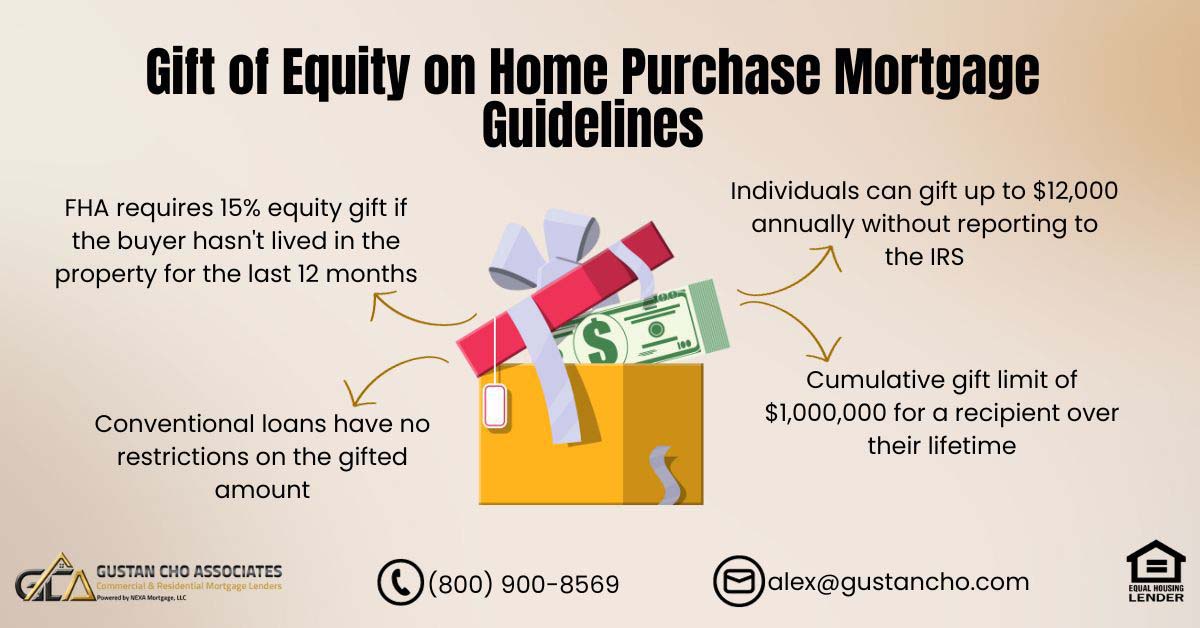Breaking Down Charges and Rates on Equity Release Mortgages
Breaking Down Charges and Rates on Equity Release Mortgages
Blog Article
Discovering the Different Sorts Of Equity Release Mortgages Available Today
Equity Release home loans existing different choices for property owners aged 55 and over. equity release mortgages. These monetary items provide to different needs and choices, allowing individuals to accessibility funds from their residential property. From lifetime home mortgages to common recognition mortgages, each type supplies distinctive benefits. Comprehending these choices is crucial for making informed decisions. What factors should one consider when selecting one of the most appropriate equity Release strategy? The information that comply with may clarify this important subject
Recognizing Equity Release Mortgages
Equity Release home loans give homeowners, generally those aged 55 and over, with a method to access the value locked up in their property without needing to sell it. This monetary alternative allows people to transform a part of their home equity right into money, which can be used for different objectives, such as home improvements, repaying financial obligations, or funding retirement.Equity Release can take different forms, however it fundamentally involves loaning versus the worth of the home while preserving ownership. Home owners can choose to obtain a swelling amount or a series of smaller repayments, relying on their financial demands and preferences.Additionally, the amount readily available for Release is influenced by the residential or commercial property's worth, the property owner's age, and certain lending institution criteria. On the whole, understanding equity Release home loans is crucial for homeowners to make enlightened decisions about tapping into their home's equity while thinking about the long-term ramifications.
Life time Mortgages
Life time home loans stand for one of the most popular types of equity Release. This monetary product allows property owners, usually aged 55 or older, to borrow against the worth of their home while maintaining ownership. The financing, which is safeguarded versus the home, builds up passion gradually yet does not call for regular monthly payments. Instead, the car loan and built up passion are paid back when the property owner passes away or relocates into long-lasting care.Lifetime mortgages offer adaptability, as consumers can select to obtain a lump sum or decide for a drawdown center, accessing funds as needed. Importantly, many strategies included a no-negative-equity guarantee, ensuring that consumers will certainly never owe greater than the worth of their home. This feature provides satisfaction, enabling individuals to appreciate their retirement without the anxiety of diminishing their estate. Generally, lifetime home mortgages act as a practical alternative for those seeking financial backing in later life.
Home Reversion Plans
:max_bytes(150000):strip_icc()/home_equity.asp-final-59af37ca6ebe48f3a1e0fd6e4baf27e4.png)
Drawdown Lifetime Mortgages
While numerous house owners look for methods to access their wide range, drawdown life time home mortgages provide a flexible choice that permits individuals to Release funds gradually. This kind of equity Release mortgage allows homeowners to borrow against the value of their building while maintaining possession. Unlike standard lifetime home mortgages, drawdown strategies allow borrowers to access a part of their equity upfront and take out extra funds as needed, as much as a fixed limit.This function can be specifically advantageous for those that wish to manage their financial resources meticulously, as it minimizes interest accumulation by just charging interest on the amounts drawn. Additionally, drawdown life time home mortgages typically feature a "no adverse equity assurance," making sure that debtors will never ever owe greater than their home's value. This option suits retirees who desire financial security and adaptability, enabling them to satisfy unforeseen expenses or maintain their way of living without needing to sell their building.
Boosted Lifetime Mortgages
Enhanced Life time Home loans provide unique benefits for qualified property owners seeking to Release equity from their residential properties. Recognizing the eligibility criteria is crucial, as it establishes who can benefit from these specialized car loans. It is additionally crucial to evaluate the prospective downsides linked with improved alternatives, guaranteeing a well-rounded perspective on their usage.
Qualification Criteria Described
Understanding the eligibility standards for Enhanced Life time Mortgages is essential for prospective candidates seeking to access the equity in their homes. Typically, applicants have to be aged 55 or older, as this age requirement is common in the equity Release market. Property owners need to possess a building valued at a minimum threshold, which can differ by lender. Significantly, the residential property must be their primary home and in excellent condition. Lenders usually assess the property owner's health and wellness standing, as certain health and wellness problems might boost qualification and advantages. Furthermore, candidates need to not have existing significant debts secured against the residential property. Satisfying these requirements permits people to check out Improved Lifetime Mortgages as a viable option for accessing funds locked up in their homes.
Benefits of Enhanced Home Loans
After clearing up the eligibility requirements, it becomes noticeable that Enhanced Lifetime Home loans offer several significant benefits for house owners wanting to utilize their home equity. Mainly, they give accessibility to a bigger car loan quantity contrasted to basic lifetime home loans, benefiting those with health and wellness problems or age-related aspects that raise their life span risk. This enhanced borrowing capability enables property owners to fulfill numerous financial demands, such as home improvements or retirement expenditures. Furthermore, these mortgages generally feature flexible settlement choices, enabling consumers to manage their finances more effectively. The no-negative-equity assurance further ensures that property owners will certainly never owe even more than their residential or commercial property's worth, offering comfort. On The Whole, Improved Life time Home loans offer a compelling choice for eligible home owners seeking monetary solutions.
Prospective Downsides Considered
While Improved Life time Mortgages use various advantages, potential disadvantages necessitate careful factor to consider. One considerable problem is the effect on inheritance; the equity launched lowers the value of the estate delegated recipients. Additionally, these home loans can build up significant interest gradually, leading to a significant financial debt that might go beyond the initial funding amount. There may additionally be constraints on home alterations or rental, restricting homeowners' flexibility. Additionally, improved products frequently need certain health and wellness problems, indicating not all home owners will qualify. Ultimately, taking care of the costs and costs related to these home mortgages can be complex, possibly resulting in unexpected costs. Because of this, people should extensively examine their circumstance and seek advice from economic experts prior to proceeding.
Shared Admiration Home Loans
Shared Recognition Home loans stand for an unique monetary plan that enables home owners to access equity while sharing future building great site value increases with the lending institution. This technique uses potential benefits such as lowered regular monthly payments, yet it also features drawbacks that need to be thoroughly taken into consideration. Comprehending the eligibility demands is vital for those interested in this choice.
Principle Review
Equity Release home mortgages, particularly in the kind of common gratitude mortgages, provide property owners an one-of-a-kind financial remedy that enables them to access funds by leveraging the worth of their home. In this setup, a lender offers a lending to the home owner, which is usually paid back through a share of the property's future admiration in worth. This indicates that when the property owner sells the residential property or dies, the lender gets a percent of the increased value, as opposed to just the initial financing amount. Shared appreciation mortgages can be appealing for those wanting to supplement their earnings or financing substantial expenditures while retaining possession of their home. The financial implications of common admiration must be carefully considered by possible consumers.
Advantages and Drawbacks
Although common recognition home loans can offer significant monetary advantages, they also feature remarkable downsides that possible customers must consider. These home mortgages permit home owners to gain access to equity in their residential properties while sharing a portion of any kind of future gratitude with the loan provider. This arrangement can be beneficial throughout times of rising home worths, offering significant funds without monthly settlements. However, the major drawback is the possible loss of equity; property owners might end up with significantly reduced inheritance for beneficiaries. Furthermore, the intricacy of the terms can lead to misunderstandings pertaining to payment commitments and the percentage of recognition owed. It is vital for consumers to weigh these elements thoroughly prior to dedicating to a shared recognition mortgage.

Qualification Demands
What standards must property owners fulfill to qualify for a shared admiration mortgage? Mostly, prospects should go to hop over to here least 55 years old, assuring they are within the target group for equity Release products. Furthermore, the building must be their main house and typically valued above a specified minimum limit, frequently around ? 100,000. Lenders likewise analyze the homeowner's financial situations, consisting of revenue and arrearages, to determine they can handle the home loan properly. Notably, the residential or commercial property should be in great condition and without considerable lawful encumbrances. Home owners need to additionally have a clear understanding of the terms, consisting of just how admiration will certainly be shown to the lending institution upon sale or transfer of the property, as this influences total returns.
Picking the Right Equity Release Alternative

Often Asked Inquiries
What Age Do I Required to Be for Equity Release?
The age need for equity Release typically begins at 55 for most strategies. Nevertheless, some suppliers may use options for those aged 60 and above, showing varying terms based upon private conditions and loan provider policies.
Will Equity Release Influence My Inheritance?
Equity Release can impact inheritance, as the quantity obtained plus interest decreases the estate's worth. Beneficiaries might obtain less than anticipated, depending upon the residential property's gratitude and the complete debt at the time of passing.
Can I Move Home With Equity Release?
The concern of relocating residence with equity Release emerges frequently. Generally, individuals can transfer their equity Release strategy to a brand-new residential or commercial property, however certain terms might apply, requiring appointment with the lender for guidance.
Are There Fees Connected With Equity Release Mortgages?
Fees connected with equity Release home mortgages can include arrangement fees, evaluation charges, and lawful costs. Additionally, there may be early repayment charges, which can affect the overall cost and financial ramifications for the borrower.
How Does Equity Release Effect My Tax Situation?
Equity Release can influence one's tax situation by potentially enhancing taxable revenue, as released funds are taken into consideration funding. It typically does not incur prompt tax obligation responsibilities, making it vital to consult a monetary expert for personalized guidance.
Verdict
In summary, the selection of equity Release home loans available today supplies home owners aged 55 and over several paths to access their home's value - equity release mortgages. Whether going with a additional resources life time home loan, home reversion strategy, or various other alternatives, each option provides unique benefits tailored to specific economic requirements. Careful consideration and examination with an economic expert are vital to assure the selected equity Release remedy lines up with economic situations and personal objectives, eventually facilitating informed decision-making for a protected financial future. Equity Release home loans existing numerous options for home owners aged 55 and over. Equity Release home mortgages offer house owners, usually those aged 55 and over, with a way to access the worth linked up in their home without needing to market it. Improved Life time Mortgages use distinctive advantages for eligible property owners looking for to Release equity from their buildings. Equity Release mortgages, specifically in the form of common gratitude home mortgages, provide home owners a distinct financial option that enables them to gain access to funds by leveraging the value of their residential property. In recap, the selection of equity Release home mortgages offered today uses property owners aged 55 and over several pathways to access their property's worth
Report this page